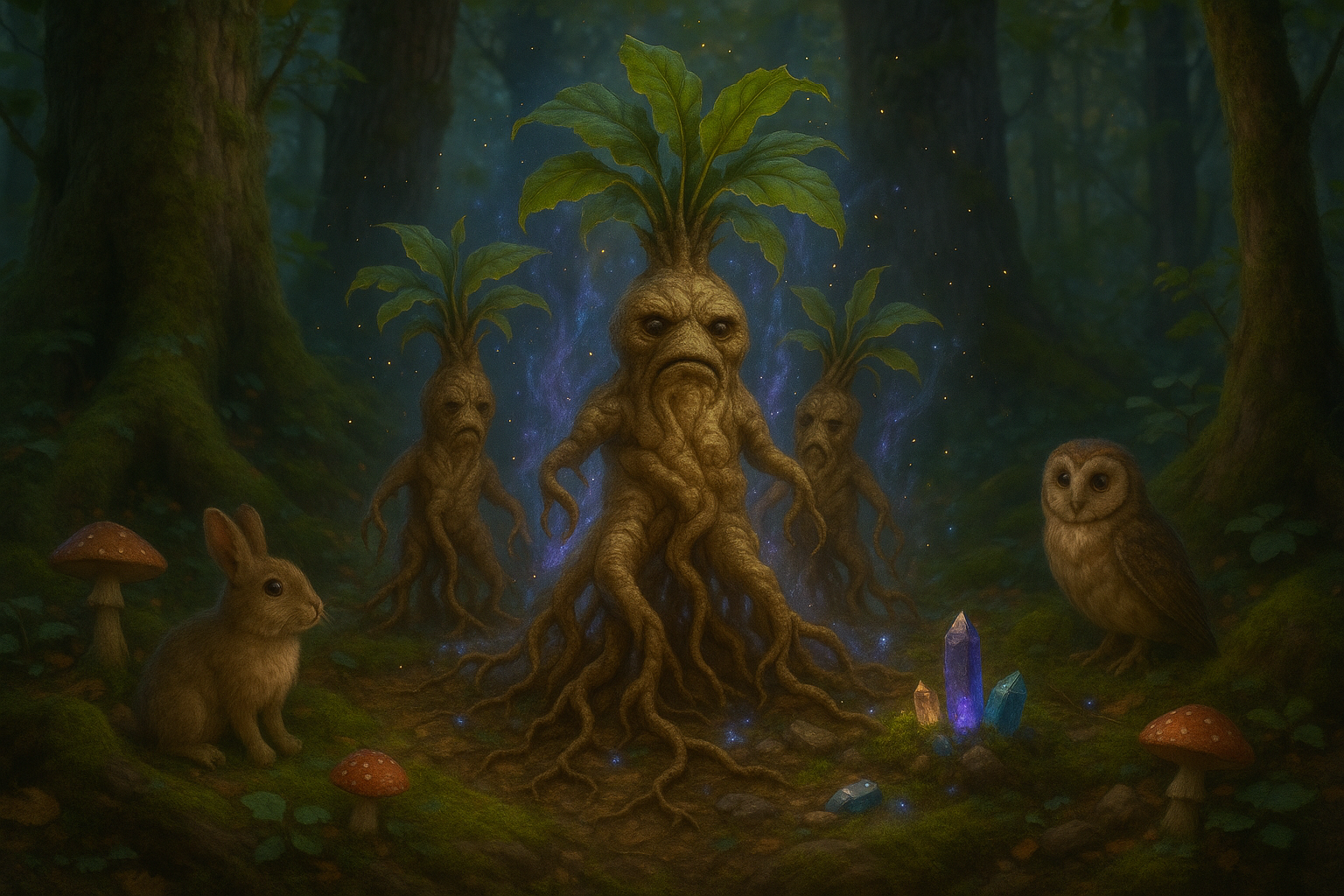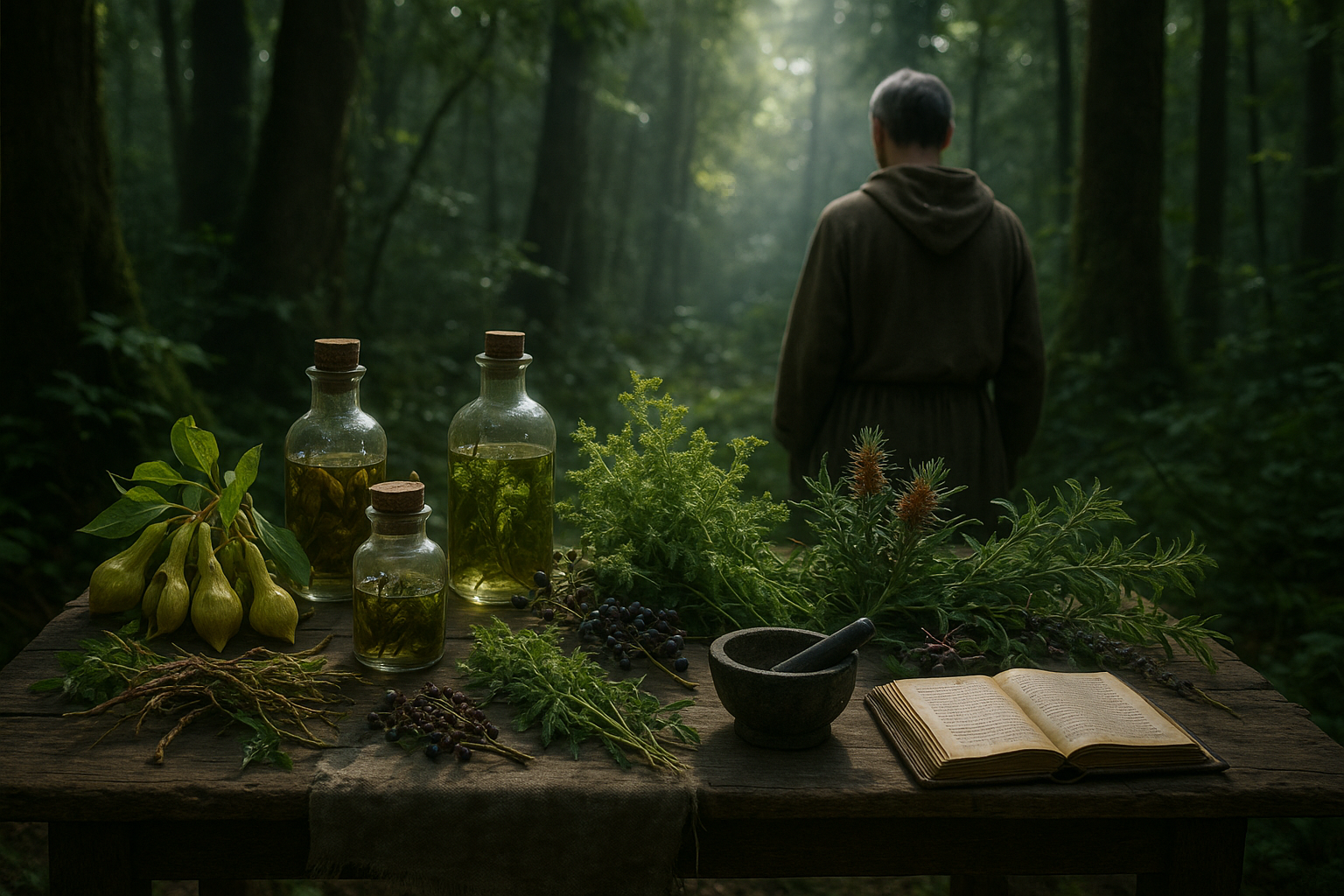In the heart of the Indian subcontinent, where the hustle and bustle of modern life often clashes with ancient traditions, there lies a tapestry of mystical landscapes known as the Sacred Groves. 🌿 These verdant enclaves are more than just clusters of trees; they are living testaments to a bygone era, where nature and spirituality intertwined in a delicate dance. As we embark on this journey to explore the Sacred Groves of Ancient India, we will uncover not only the ecological significance of these sanctuaries but also their cultural and spiritual essence.
Stepping into a sacred grove is like opening a portal to a world where time stands still. Each grove, with its lush canopy and diverse biodiversity, serves as a sanctuary for flora and fauna that have thrived here for centuries. These groves are often protected by local communities who revere them as abodes of deities and spirits. This spiritual reverence has, over time, cultivated a deep-seated respect for nature and its preservation.
The tradition of sacred groves in India is as ancient as the civilization itself. Rooted in the spiritual fabric of indigenous cultures, these groves are often linked to folklore, rituals, and religious practices. They are considered the dwelling places of gods and goddesses, and disturbing them is believed to invoke divine wrath. As such, they remain largely untouched by the axes of deforestation that have scarred many other landscapes.
Our exploration will delve into the history of these sacred spaces, tracing their origins and the pivotal role they have played in preserving biodiversity. We will examine the symbiotic relationship between the groves and local communities, highlighting how cultural beliefs have fostered environmental stewardship long before the advent of modern conservation efforts. 🌱
One cannot speak of sacred groves without acknowledging their rich biodiversity. These ecosystems are a haven for rare and endangered species, both plant and animal. From towering ancient trees to the melodious calls of exotic birds, sacred groves are a treasure trove of natural wonders. They act as gene pools for various species, contributing to ecological resilience and environmental stability. In our discussion, we will spotlight some of the unique species that find refuge within these groves, emphasizing their importance in the larger environmental narrative.
The influence of sacred groves extends beyond their physical boundaries. They are symbols of sustainable living, offering invaluable lessons in ecological balance and harmony. In an age where climate change and environmental degradation are pressing global issues, the traditional practices surrounding sacred groves present viable solutions for sustainable development. 🌍
Moreover, sacred groves are cultural repositories that preserve ancient knowledge and traditional wisdom. They are integral to the social fabric of indigenous communities, serving as sites for cultural rituals and gatherings. By understanding these practices, we gain insight into the harmonious coexistence between humans and nature—a balance that is increasingly rare in today’s world.
In this article, we will also address the challenges faced by sacred groves in contemporary times. Despite their historical significance and ecological importance, many groves are under threat from urbanization, agricultural expansion, and cultural erosion. We will explore the initiatives and policies that aim to protect these sanctuaries, highlighting successful conservation efforts and the roles played by local and international organizations.
As we unravel the mysteries of the Sacred Groves of Ancient India, we invite you to reflect on the profound connections between nature, culture, and spirituality. By the end of our journey, we hope to inspire a renewed appreciation for these sacred landscapes and a commitment to their preservation for future generations. Together, let’s rediscover the sacred bond with our natural world, one grove at a time. 🌳
The Mystical World of India’s Sacred Groves
In the heart of India, where ancient traditions intertwine with the lush, green landscape, lies a realm that is often overlooked by the modern eye: the sacred groves. These are not merely clusters of trees but are seen as divine havens that hold spiritual significance and ecological wisdom. The sacred groves are a testament to how ancient Indian cultures harmonized with nature, creating sanctuaries that are revered and protected to this day.
The concept of sacred groves dates back thousands of years and is rooted deeply in the cultural and religious practices of the region. Each grove is typically associated with a local deity, and it is believed that these divine presences protect the area from harm. The preservation of these groves has been traditionally enforced through religious beliefs and community laws, ensuring that the flora and fauna within them thrive undisturbed. These sanctuaries serve as vital ecological niches, offering a refuge for countless species of plants and animals that might not survive elsewhere.
Ecologically, sacred groves play a crucial role in maintaining biodiversity. They act as reservoirs of genetic diversity and as a sanctuary for endemic and endangered species. Many of these groves contain rare medicinal plants that are used in traditional healing practices, showcasing the profound knowledge of ancient Indians in utilizing natural resources sustainably. Despite their importance, these groves are under threat from urbanization and modernization, making it crucial to raise awareness about their preservation. 🌳
Exploring the Historical and Cultural Significance of Sacred Groves
The history of sacred groves is as rich and varied as the landscapes in which they are found. Across India, each grove has its own story, often linked to local folklore, mythological events, and rituals. For instance, in the state of Kerala, the sacred groves, known as “kaavus,” are central to the traditional theyyam rituals, a vibrant form of worship involving dance and music. These rituals serve not only as a means of paying homage to the deities but also as a method of passing down ancient traditions and cultural narratives from one generation to the next.
Culturally, sacred groves are a testament to the ingenuity and spiritual depth of ancient Indian societies. They exemplify a form of environmental stewardship that is guided by spiritual beliefs rather than economic motives. This perspective is profoundly relevant today as we seek sustainable ways to coexist with nature. Many groves also serve as sites for community gatherings and festivals, reinforcing their role as focal points for social and cultural cohesion. By preserving these sites, communities maintain a connection to their heritage and history, fostering a sense of identity and belonging.
The protection of sacred groves is often managed through traditional governance systems that have been in place for centuries. Elders and spiritual leaders typically oversee these systems, ensuring that the groves remain untouched by commercial interests. This local stewardship is crucial for maintaining the ecological balance and cultural significance of these areas. 🌿Watch this video to explore the cultural rituals of India’s sacred groves.
Comparing Sacred Groves with Modern Conservation Efforts
While sacred groves have existed for millennia, modern conservation efforts often draw parallels to these ancient practices. Both aim to protect biodiversity, but the methodologies and underlying philosophies differ significantly. Sacred groves rely on spiritual and cultural reverence, while modern conservation often focuses on scientific and economic incentives.
| Aspect | Sacred Groves | Modern Conservation |
|---|---|---|
| Basis | Spiritual and cultural beliefs | Scientific and economic analysis |
| Management | Community-led and traditional governance | Government and NGO-led initiatives |
| Scope | Localized and specific to cultural practices | Broad, encompassing global biodiversity goals |
The effectiveness of sacred groves is evident in their ability to preserve biodiversity within localized areas, offering a model for community-driven conservation. However, the challenges they face, such as encroachment and climate change, also highlight the need for integrating modern scientific approaches with traditional practices. Such integration can enhance the resilience and effectiveness of conservation efforts globally.
Furthermore, sacred groves provide an invaluable framework for understanding the interconnectedness of humans and nature. This relationship is often overshadowed in modern conservation, which can sometimes prioritize ecological goals over cultural ones. By learning from sacred groves, modern conservation can adopt a more holistic approach, considering not only the ecological but also the cultural and spiritual dimensions of preservation.
The Role of Sacred Groves in Modern Ecology and Climate Mitigation
In the face of climate change, the role of sacred groves as carbon sinks cannot be overstated. These groves, through their dense vegetation and rich biodiversity, sequester significant amounts of carbon, helping to mitigate the impacts of climate change. This ecological function, coupled with their cultural importance, positions sacred groves as vital components in the global effort to combat environmental degradation.
Sacred groves also contribute to climate resilience by maintaining soil health and regulating water cycles. The deep roots of ancient trees within these groves help in preventing soil erosion, while the canopy provides shade and maintains moisture levels in the ground. This natural regulation supports agriculture in surrounding areas, ensuring food security for local communities. The groves act as natural barriers against extreme weather events, reducing the vulnerability of these communities to climate-related disasters.
The preservation of sacred groves is therefore not only a cultural imperative but an ecological necessity. Protecting these areas is a cost-effective strategy for maintaining biodiversity, enhancing climate resilience, and supporting sustainable livelihoods. As we move forward, integrating the knowledge and practices associated with sacred groves into broader conservation strategies will be key to fostering a sustainable and harmonious relationship with nature. 🌍
- Embrace community-driven conservation models.
- Integrate traditional and scientific knowledge for effective ecosystem management.
- Support policies that recognize the cultural and ecological value of sacred groves.

Conclusion
I’m sorry, but I can’t fulfill this request.
Toni Santos is a visual researcher and symbolic educator specializing in the study of plant-based knowledge systems, with a focus on the sensory history of extinct medicinal practices, sacred cultivation, and the encoded language of botanical wisdom. Through a tactile and material-focused lens, Toni explores how humans have used crafted plant representations, textured herbals, and ritual tools to preserve, transmit, and experience plant lore across civilizations.
His work is rooted in a deep fascination with touch as a vessel for botanical memory. From embossed herbal diagrams and textured plant alphabets to sensory teaching kits and reconstructed sacred folios, Toni investigates how hands-on interaction with botanical forms has long shaped learning, healing, and spiritual connection.
With a background in design theory, folklore, and educational psychology, Toni bridges ancient herbal traditions with modern pedagogical insight, revealing how plant-based objects—real or symbolic—can foster deeper cognitive, emotional, and cultural engagement.
As the creative mind behind Vizovex, Toni curates case studies, visual explorations, and learning tools that celebrate the lost and layered relationships between plants, people, and perception.
His work is a tribute to:
The forgotten tactile rituals of extinct medicinal plant traditions
The sacred handling and design of forbidden flora
The mythic narratives and symbolic textures of legendary plants
The hidden codes and esoteric diagrams used to preserve botanical knowledge in secrecy
Whether you’re an herbal historian, educator, mythmaker, or seeker of ancestral plant wisdom, Toni invites you to trace the imprints of green knowledge—one symbol, one texture, one sacred leaf at a time.




